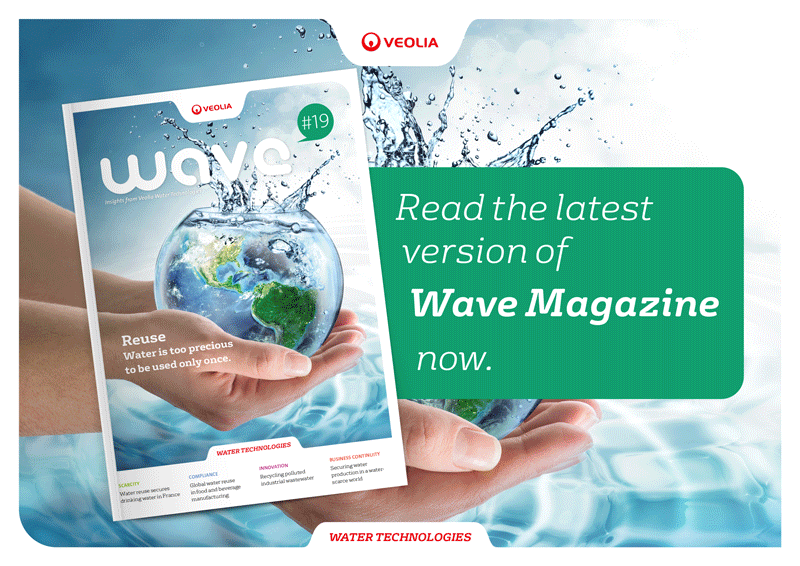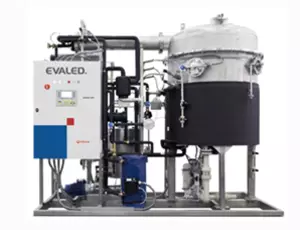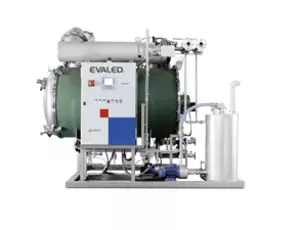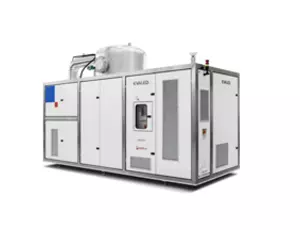Cristina Del Piccolo, Veolia Water Technologies’ Process and Research and Development Manager, discusses the current industrial wastewater management sector and how we must tackle new-age pollution with innovation.
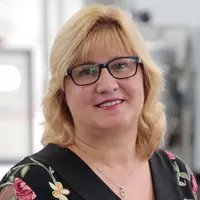
Based in Italy, Del Piccolo has been with the company since 2002 and is responsible for the technical department within one of the company’s technology-focused business units. Her work is underpinned by EVALEDTM evaporation technologies that recycle polluted industrial wastewater, helping global customers across healthcare, pharmaceutical and automotive markets reap environmental, economic and financial benefits.
Here she shares with us her thoughts.
What is the current state of industrial wastewater recycling?
“In terms of regulation, if we’re talking about developed countries, we are all more or less on the same page. However, of course, some countries are doing better than others and some countries need to do more. Many of the businesses we see leading the way are those in countries with access to fewer resources overall, so they need to recover more water to ensure their business continuity. The good news is, there are a lot of industries that pay attention, not just to respect the regulations — which is essential — but who go further to proactively protect the environment.
In terms of what these regulations and companies are focused on, today there is a sufficient focus on all known major pollutants and contributions; however, this is evolving. In the last few decades, we have developed so much in terms of drugs and industrial chemicals so research is ongoing into new pollutants. As a result, our knowledge is constantly growing, such as awareness of endocrine disruptors which are gaining an increasing amount of attention with the authorities, and so regulations are constantly in review as the ‘current state’ is better understood.
How much of a focus is water reuse in the industrial sector?
“There is a very large focus on reuse but also in finding other ways to think about wastewater as a resource. One way for sure is evaporation and crystallization technologies which recover until the very last drop. Evaporation is starting to be considered not only as the ultimate treatment step to achieve zero liquid discharge plants but it can also be applied inside the production line. In doing so, wastewater streams can be reused inside the production process itself. Evaporation can transform wastewater into a new stream for which alternative options are possible right up until recovery as a new resource. The success of this is dependent on the company, their industry, their utilities and the water quality grade needed. However, what is now widely understood is that there is a resource and so, together, we think about a way to use this. Reuse requires creativity but we are getting there.”
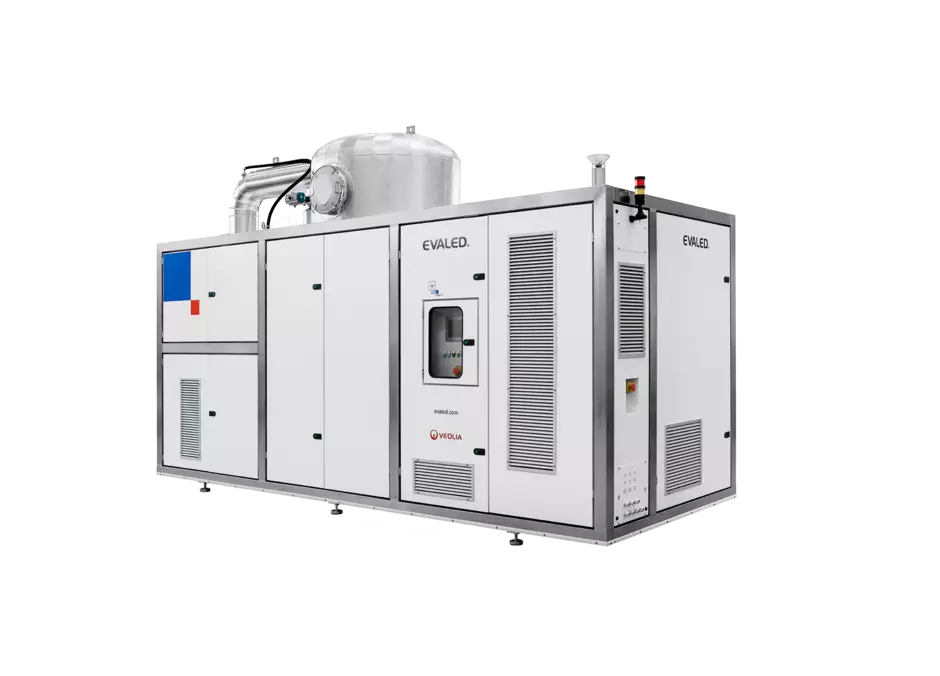
EVALED™ - Evaporation technologies
What are the main benefits these “new” resources bring to the industrial sector?
“There are many. Following evaporation and crystallization — where everything is recovered — you’re left with a final residue which is the lowest volume you can achieve.
This means all potential resources have been captured but the benefits don’t stop there. In terms of waste management, the residue occupies less space and so results in lower transportation and disposal costs. Not forgetting a vastly reduced CO2 footprint.”
What is the biggest challenge facing the industrial wastewater sector?
“Pollutants that are not easily treated by conventional technologies. Many conventional
technologies, such as those developed to treat traditional markets like the food and beverage industry and their biodegradable compounds, were developed years ago. Pollution then was different from what we have now owing to the new chemicals and drugs that industries use in manufacturing, or new metals, which come from new industrial processes and new products. Furthermore, our general understanding of all these contaminants is much better and we pay attention to a much longer list that requires different treatment approaches. This is where innovation is key so we can keep up with requirements, not only in terms of pollutant change but increased regulations.”
How is the industry addressing these new-age pollutants?
“The treatment of pollution at the source is an important topic. The idea is to tackle pollution where the concentrations are much higher and flows are reduced, straight out of the factory, as opposed to in the municipal wastewater system once they’ve dispersed. Yes, this treatment is done in the municipal system but technically speaking, we can face the two situations in completely different ways with two different process lines best suited to the level of parts per million (ppm) of a compound in the wastewater stream. This will give us a much better treatment rate. It makes a lot of sense to try to segregate them. What is clear is that evaporation is a very refined technology, especially for APIs — the very big and complex molecules — as a separation technology.”
What does the future of industrial wastewater recycling and reuse look like to you?
“We will continue to push towards reduction of the water until it is a constant requirement. This will be underpinned by the technologies we now have, and we must continue to invest in order to make it easier to recover water with higher efficiency and reduced OPEX. Until very recently, if customers wanted to recover all their water, the process line that they needed to put in place was normally complex and costly — both in terms of CAPEX and OPEX. But technology is bridging this gap and making it much more accessible to small to medium companies, not just industrial giants.”



